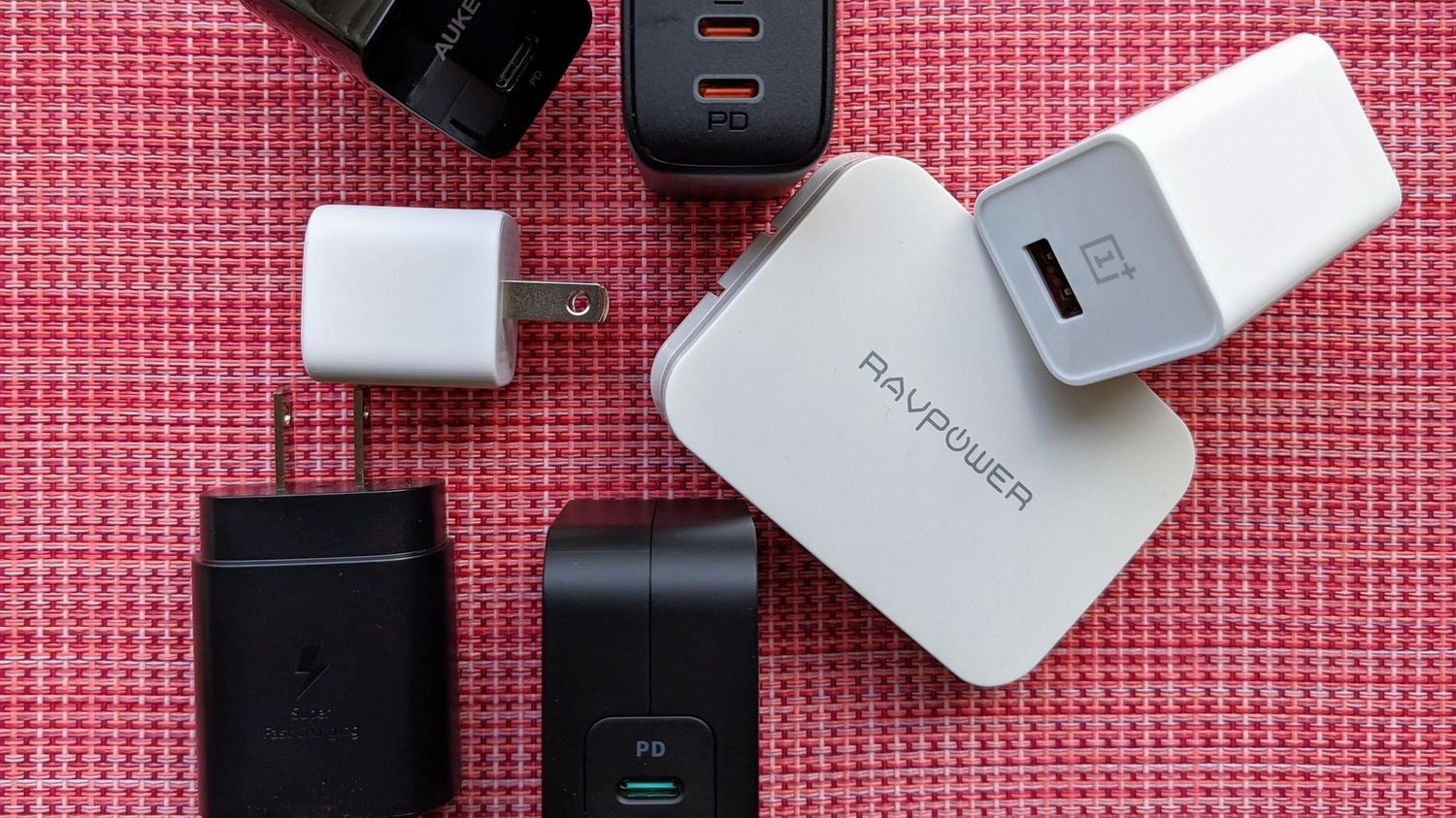
Understanding Fast Charging
Fast charging, also known as Quick Charge or VOOC, allows devices to charge at a much faster rate than traditional methods. This is achieved by increasing the voltage and current supplied by the charger, which in turn allows the battery to charge more quickly.
Types of Fast Charging Technologies
Several fast charging technologies are available, each with its own advantages and limitations:
-
Quick Charge (QC) by Qualcomm: Widely used, supports up to 100W of power delivery, and is compatible with many devices. QC chargers use a proprietary chip that communicates with the device to adjust the charging speed based on the battery's state of charge.
-
VOOC by Oppo: Supports up to 65W of power delivery, known for high efficiency and safety features. VOOC chargers use a unique algorithm to adjust voltage and current levels during charging.
-
USB-C Power Delivery (PD): A more recent standard supporting up to 100W of power delivery. Not specific to any manufacturer, widely supported by many devices, including laptops and tablets. USB-C PD chargers are versatile and can charge a variety of devices at high speeds.
-
Pump Express by Realme: Supports up to 125W of power delivery. Uses a similar principle to VOOC but with higher power output.
Factors to Consider When Choosing a Fast Charger
When selecting a fast charger for an Android device, consider several factors:
Compatibility
Ensure the charger is compatible with your device. Different fast charging technologies have varying levels of compatibility, so check if your device supports the specific technology you're interested in.
Power Output
Higher power output generally means faster charging times but also increases the risk of overheating or damaging your device if not managed properly.
Safety Features
Look for chargers with built-in safety features such as overcharge protection, overheat protection, and short-circuit protection to ensure your device remains safe during charging.
Efficiency
A more efficient charger will convert more electrical energy into usable power for your device, reducing heat generation and prolonging the lifespan of your battery.
Port Type
USB-C is becoming increasingly popular due to its versatility and high-speed capabilities, but traditional micro-USB ports are still widely used in many devices.
Brand Reputation
Choosing a reputable brand can provide peace of mind regarding the quality and reliability of the charger. Brands like Anker, Aukey, and Mophie are well-known for producing high-quality chargers.
Price
While it's tempting to go for the cheapest option available, cheaper chargers may compromise on safety features or efficiency.
How to Find the Best Fast Charger for Your Needs
Given these factors, here’s a step-by-step guide on finding the best fast charger for your Android device:
Step 1: Identify Your Device’s Fast Charging Capability
Check if your device supports fast charging and which specific technology it supports (e.g., Quick Charge, VOOC, USB-C PD). This information can usually be found in your device's manual or on the manufacturer's website.
Step 2: Determine Your Power Needs
Determine how much power you need. If you're looking for a charger that can charge your phone quickly but also has enough power to charge other devices like tablets or laptops, consider a higher power output.
Step 3: Check Compatibility
Ensure the charger you choose is compatible with your device. Check reviews and specifications to confirm compatibility with your device's fast charging technology.
Step 4: Look for Safety Features
Safety should always be a top priority when choosing a fast charger. Look for chargers with built-in safety features such as overcharge protection, overheat protection, and short-circuit protection.
Step 5: Evaluate Efficiency
Efficiency directly affects how quickly your device charges and how much heat it generates. Look for chargers with high efficiency ratings or those that use advanced technologies like gallium nitride (GaN) semiconductors known for their high efficiency.
Step 6: Consider Port Type
If you have a newer device with a USB-C port, consider a USB-C charger for its versatility and high-speed capabilities. However, if your device still uses micro-USB or other ports, make sure the charger you choose supports those ports.
Step 7: Check Brand Reputation
Choose a reputable brand known for producing high-quality chargers. Brands like Anker and Aukey offer reliable options with good safety features and efficiency.
Step 8: Compare Prices
Compare prices among different brands and models while keeping in mind the factors mentioned above. While it's tempting to go for the cheapest option available, cheaper chargers may compromise on safety features or efficiency.
Top Recommendations
Based on our analysis of various factors including compatibility, power output, safety features, efficiency, port type, brand reputation, and price, here are some top recommendations for fast chargers:
-
Anker PowerCore Fusion: An all-in-one charger that combines a 5000mAh battery with a USB-C Power Delivery port capable of delivering up to 60W of power. Highly efficient and comes with multiple safety features making it an excellent choice for both home and travel use.
-
Aukey Quick Charge 3.0: Supports up to 18W of power delivery via Quick Charge 3.0 technology, ideal for charging mid-range smartphones quickly while also being compact enough for travel.
-
Mophie Powerstation XXL: A portable power station offering up to 20,800mAh capacity along with two USB-C ports supporting USB-C Power Delivery up to 30W each, perfect for charging multiple devices simultaneously on-the-go.
-
Realme 125W SuperDart Charger: For extreme fast charging capabilities, Realme’s 125W SuperDart Charger is worth considering. It can charge most modern smartphones from zero to full in under 10 minutes, though it requires specific Realme devices that support this technology.
-
Samsung 45W Fast Charger: For those who prefer Samsung products, their official 45W fast charger is highly recommended. It supports both USB-C PD as well as Quick Charge standards, ensuring compatibility across various Samsung devices including flagships like Galaxy S series.
